The Eunice Kennedy Shriver National Institute of Child Health and Development’s Human Placenta Project is an effort to revolutionize our understanding of the human placenta and to enable the development of safe, noninvasive, real-time assessment of human placenta development and function across pregnancy.
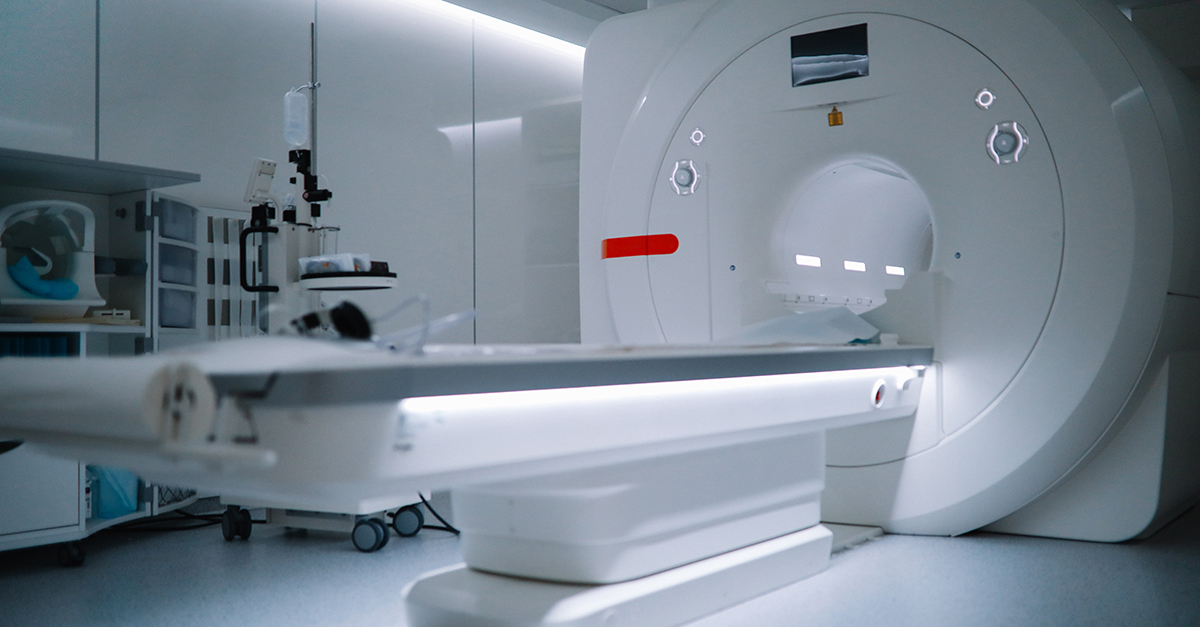
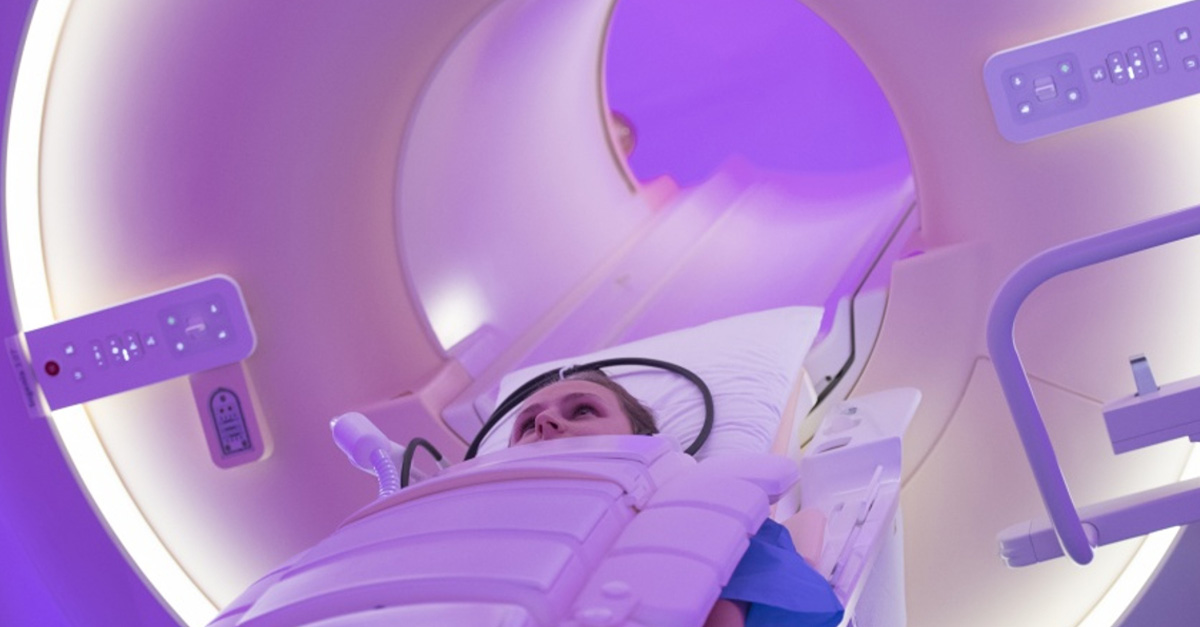
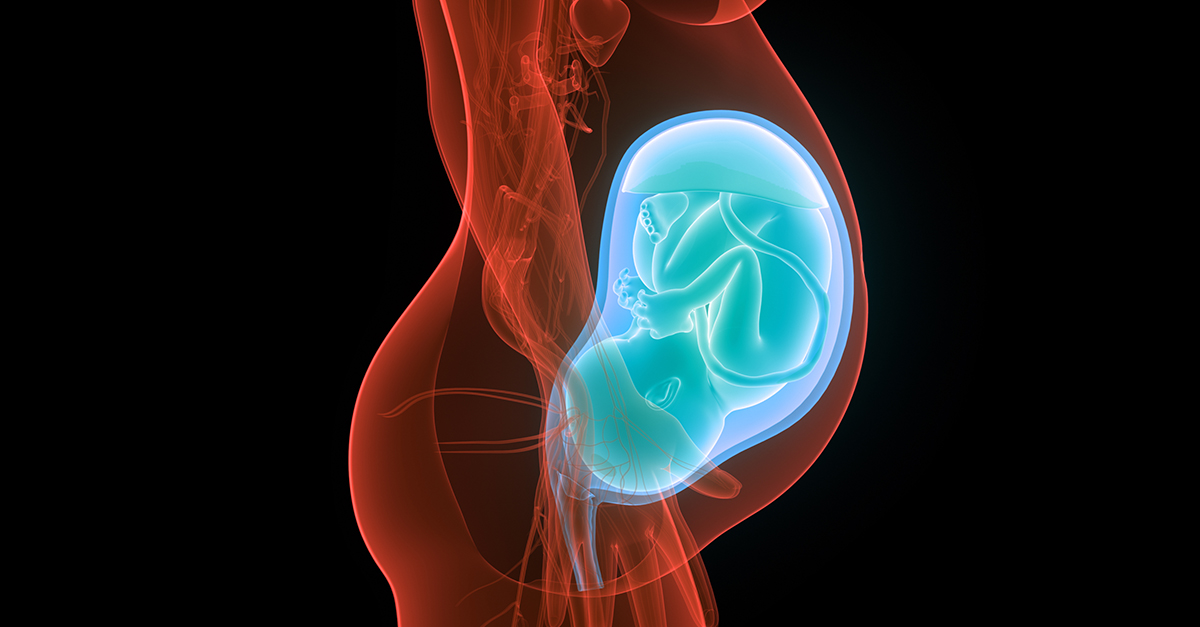
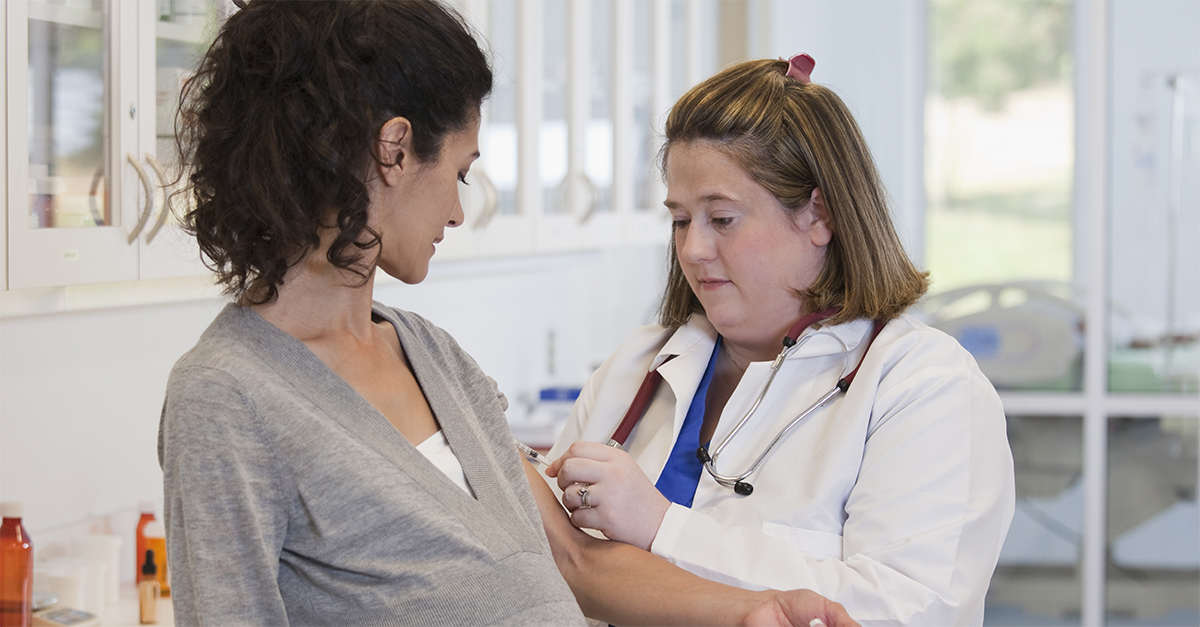
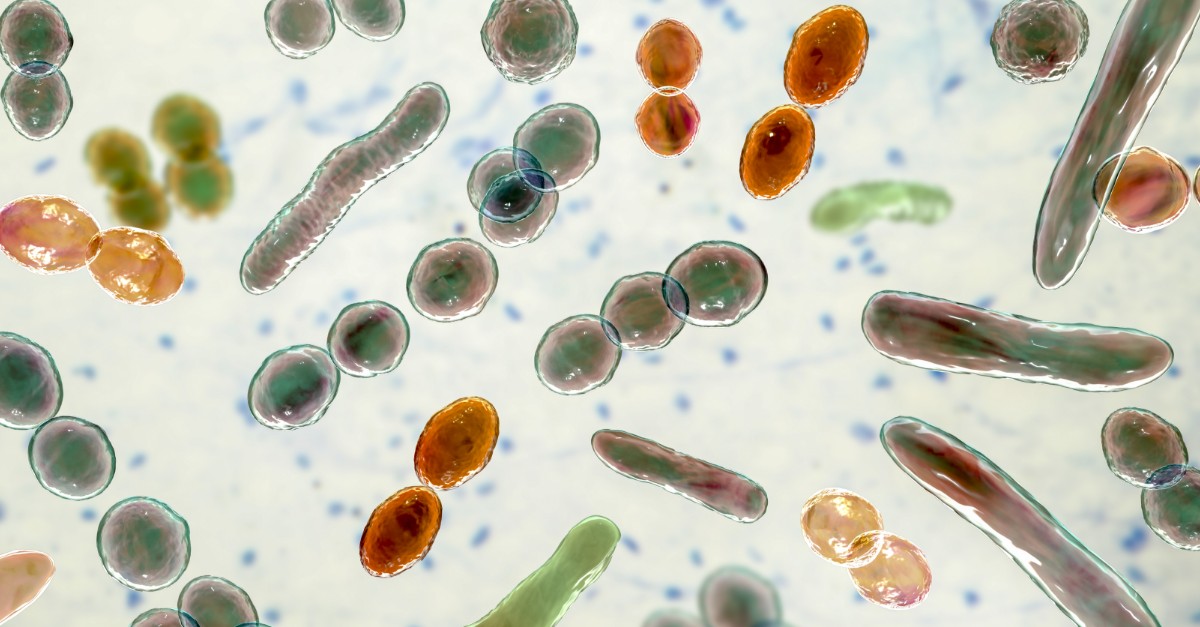
 BACK TO TOP
BACK TO TOP